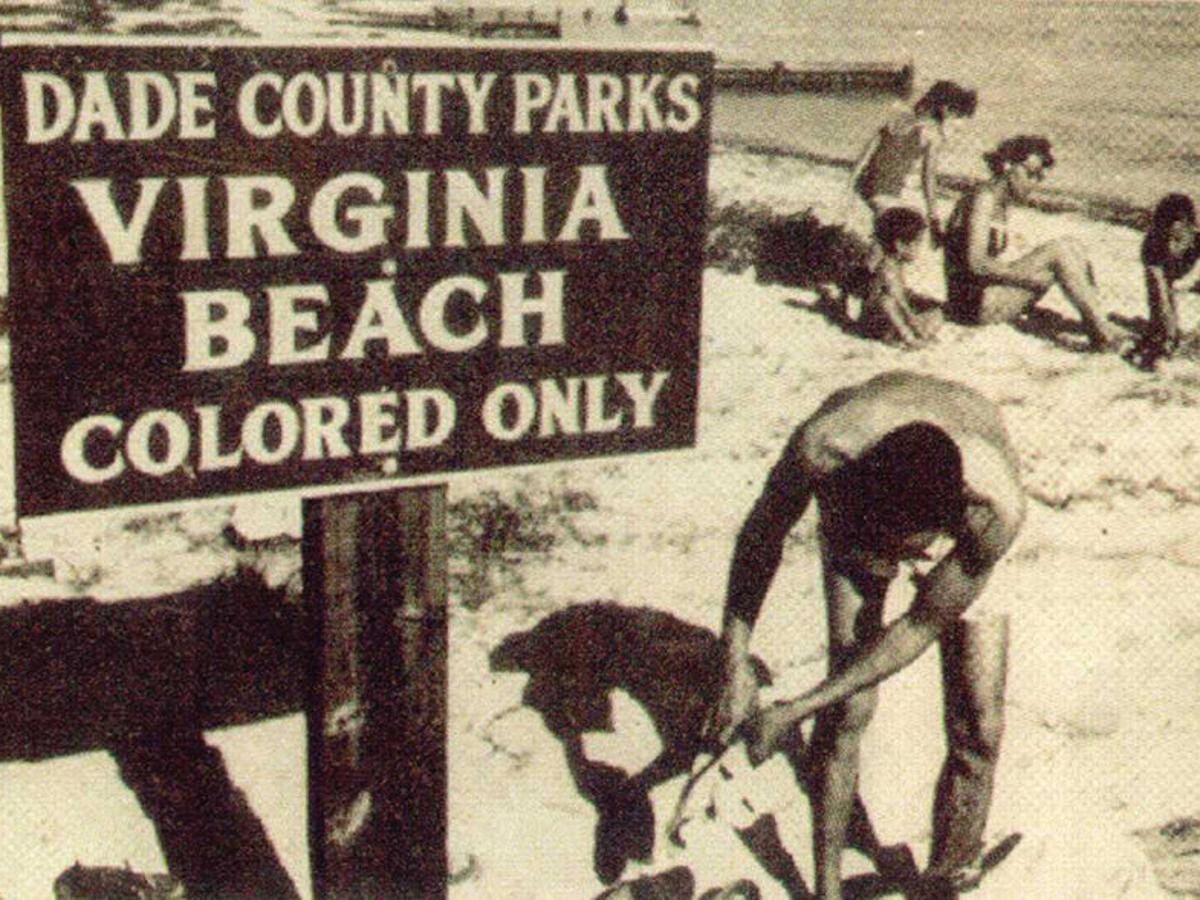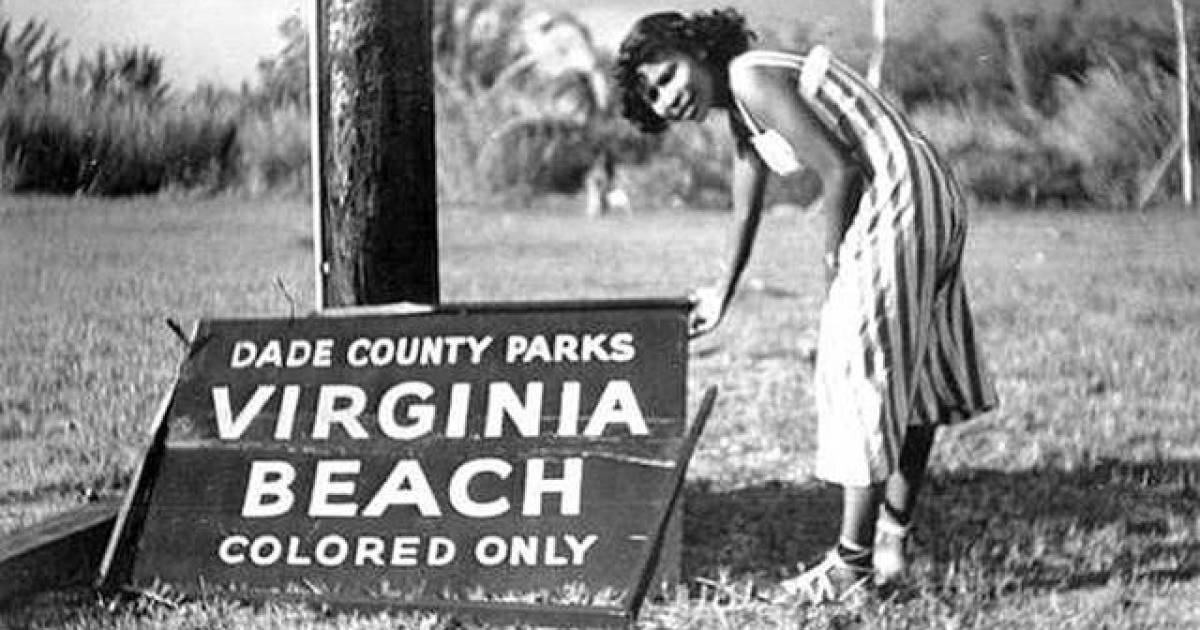History of Swimming While Black
For many melanated people, we have heard the all-too-familiar stereotype: Black people can't swim. In middle school, one student went as far as trying to convince me that my melanin made our Black bodies too dense to float in water which is absolutely absurd and scientifically incorrect. Black people CAN swim but there are historical factors that have prevented many of us from accessing opportunities to learn in the first place.
These ill-informed notions about the Black community and our relationship to the water is the result of centuries of segregation, eugenics and systemic racism in America. Let’s dive in a bit deeper to learn about the history of swimming while Black and what you can do to help change the narrative.
Racial Disparities in Swimming
More than 10 people die from drowning each day in the United States. One in five of those deaths are children between the ages one and 14, and it is said that Black children are drowning at approximately three times the rate of white children.
Research shows that 64% of Black children in the U.S. have little to no swimming ability. Studies also found that Black children and their parents are three times more fearful of drowning than their white counterparts. For some context, let’s take a look at the historical factors that influence these dismal statistics.
Transatlantic Slave Trade
In Marvel’s Black Panther, Killmonger references the Transatlantic Slave Trade with his final words “Bury me in the ocean, with my ancestors that jumped from the ships, because they knew death was better than bondage.”
According to the Slave Voyages Database, nearly two million Africans did not survive this trip as many chose to jump overboard to escape enslavement. For Black people in America and across the African Diaspora, water has long been associated with death.
Segregation in America
After World War I, Americans were earning more money and working fewer hours. The average workweek went from about 59 hours before the war to about 51 after. This gave Americans more time to enjoy leisure activities like swimming.
Racial discrimination was institutionalized across the country. "White only" pools and beaches became hallmarks for racial exclusion and would stay that way until the '60s. Southern cities used Jim Crow laws to enforce segregation in pools and other public spaces, while Northern cities used intimidation and violence to exclude Black Americans. As local NAACP chapters fought back, beaches and pools began to play a critical role in transforming America.
On May 9th, 1945 seven Black teenagers conducted a wade-in protest at the all-white Haulover Beach. This event, nearly a decade before the civil-rights movement, set off ripples that paved the way for Black liberation. In response to the Haulover Beach wade-in, Virginia Key Beach was designated the first “colored beach” which is now on the National Register of Historic Places and enjoyed by international visitors.
Post World War II
After World War II, white Americans left cities for the suburbs in pursuit of the highly commercialized American Dream. With white Americans gone, cities throughout the country stopped investing in the upkeep of their public pools, just in time to restrict Black Americans who were finally gaining access.
Private clubs began developing pools in suburban communities. This enabled them to control who had access to the pools and to the swim lessons available at those pools. With Black Americans being systematically denied access to pools, swimming never became a part of our recreational culture.
Black People Will Swim
Today, swimmers like Simone Ashley Manuel inspire millions of young Black Americans to get in the water. Simone is a competitive swimmer with two gold and two silver Olympic medals. She is a pioneer in her field as the first African-American woman to win an individual Olympic gold in swimming, set an Olympic record, and an American record.
Many Black Americans still have a complicated relationship with water and swimming, but organizations like Black People Will Swim are working to rewrite this narrative. Their mission is to dismantle these stereotypes and encourage the Black community to gain confidence in the water
You can help them accomplish these goals by taking their pledge and promising to teach yourself, your family, friends, and community how to swim. There are dozens of organizations that offer swimming lessons at an affordable price including the American Red Cross and the YMCA.
You can also make a financial contribution or donate your time to Black People Will Swim or any of these incredible organizations working to empower Black, Indigenous, and People of Color (BIPOC) swimmers: Black Kids Swim, Diversity in Aquatics, Empowered Swimming Incorporated, and Fish N' Fins.





